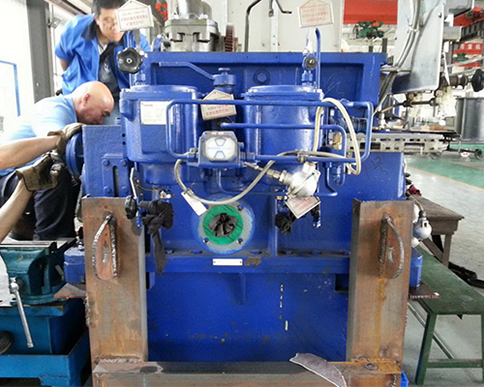If the coupler has the quality problem, it can be divided into two types, one is the leakage of oil leakage and the two is the bearing damage of the coupler.
There are several reasons for bearing damage, one is that the quality of bearing is not qualified. The two is that the balance of the coupler is not well balanced, and the vibration is caused, and the three is the poor basic strength of the site installation. The four is that the coaxiality of the installation is not good. In order to solve the above problems, the coupler can even exceed the quality of the original imported products. The following treatment can be done: one is the seal problem, and the import seal is adopted. Two is the bearing problem, the use of imported bearings. The three is the balance treatment of the coupling of the coupler.
For a coupler with the same type and specification, the amount of liquid charge directly affects the torque of the coupler. Its basic law is in the prescribed filling range, and the more the amount of fluid is filled, the greater the torque is. When the torque is constant, the more liquid volume is, the higher the efficiency of hydraulic coupling, but the starting torque will also increase, and the overload coefficient will also increase correspondingly. Different charging quantities can be used to match the same size coupler with several different power motors to suit the requirements of different working machines.
The fluid volume of hydraulic coupler has a certain transmission torque range with the specification of hydraulic coupler, which is called the power band. The power band corresponds to the fluid filling range of the coupling. In general, the hydraulic coupling should be 60%~80% of the total volume of the coupler, which can not exceed this range and can not be filled. When the filling amount exceeds 80% when the volume of hydraulic coupling, coupling in rotation, due to overload and rapid warming boost, lead to expansion of working fluid volume, coupled with increased pressure within, Oh will break the seal, causing leakage, even cause the coupling of the shell crack and cause mechanical damage.

